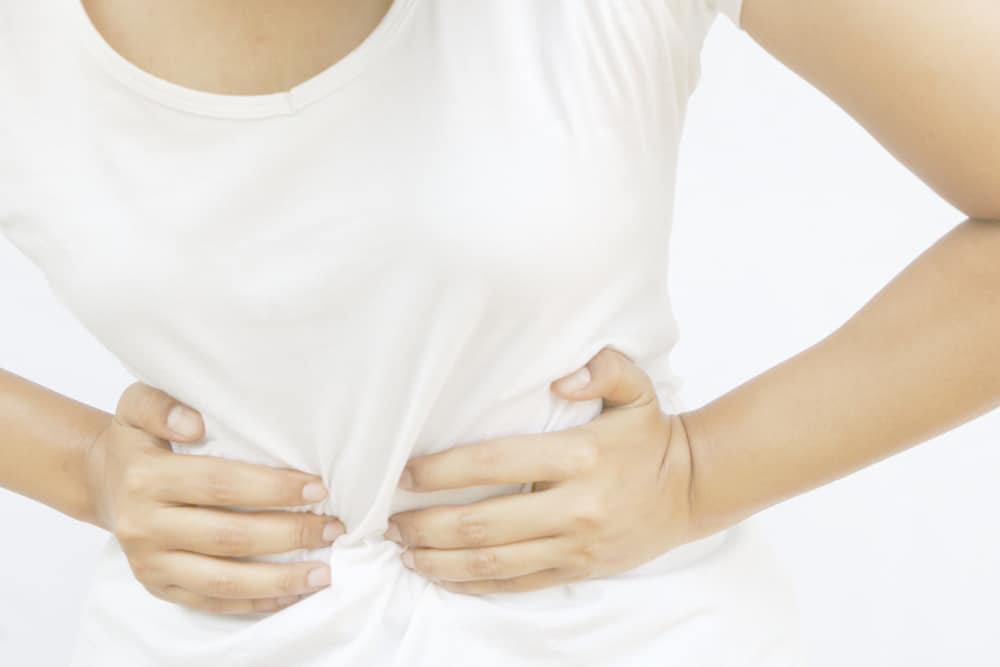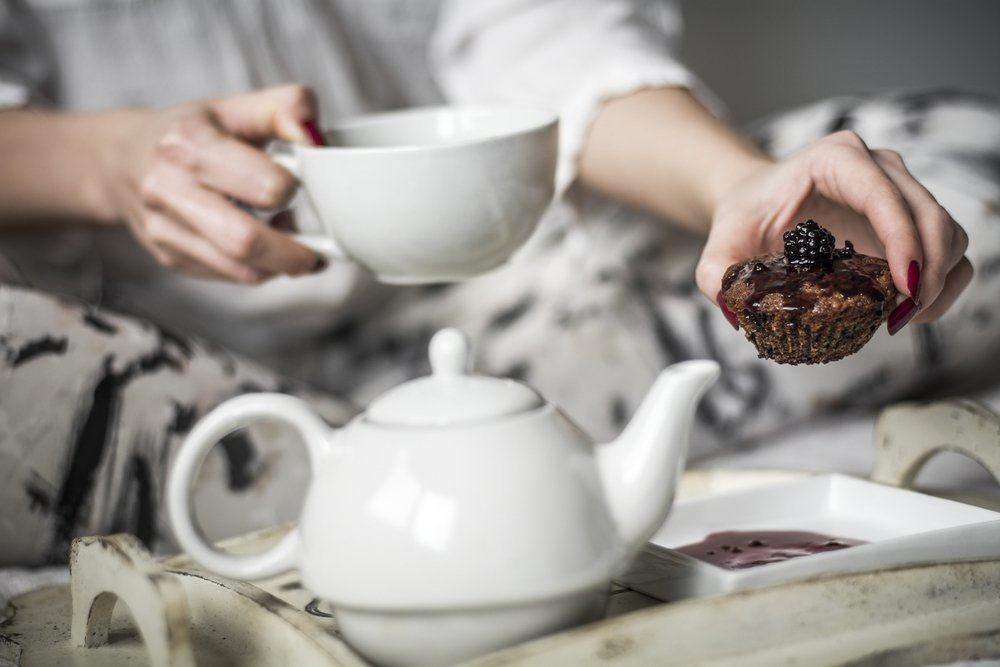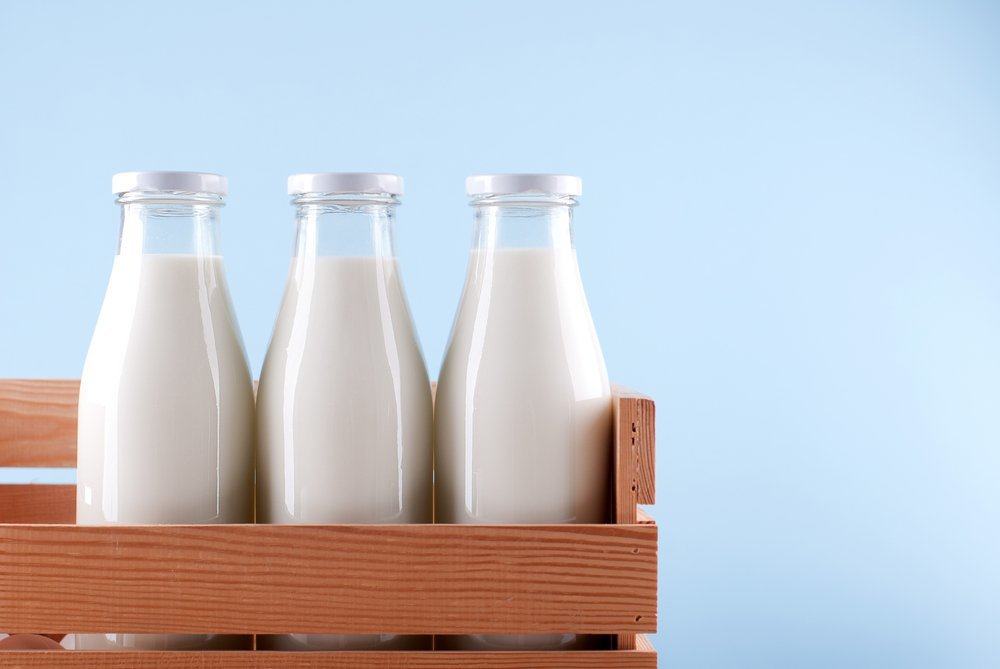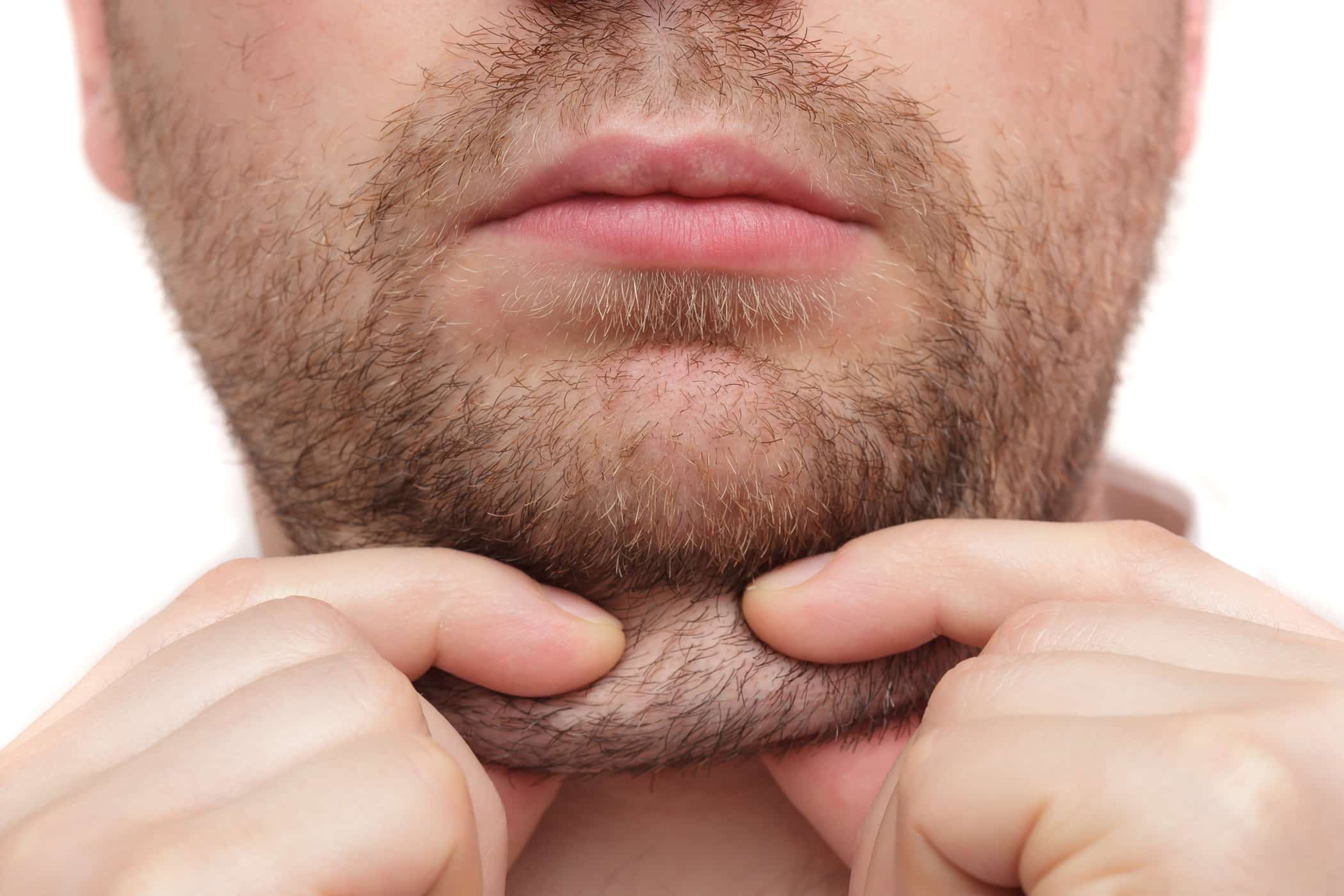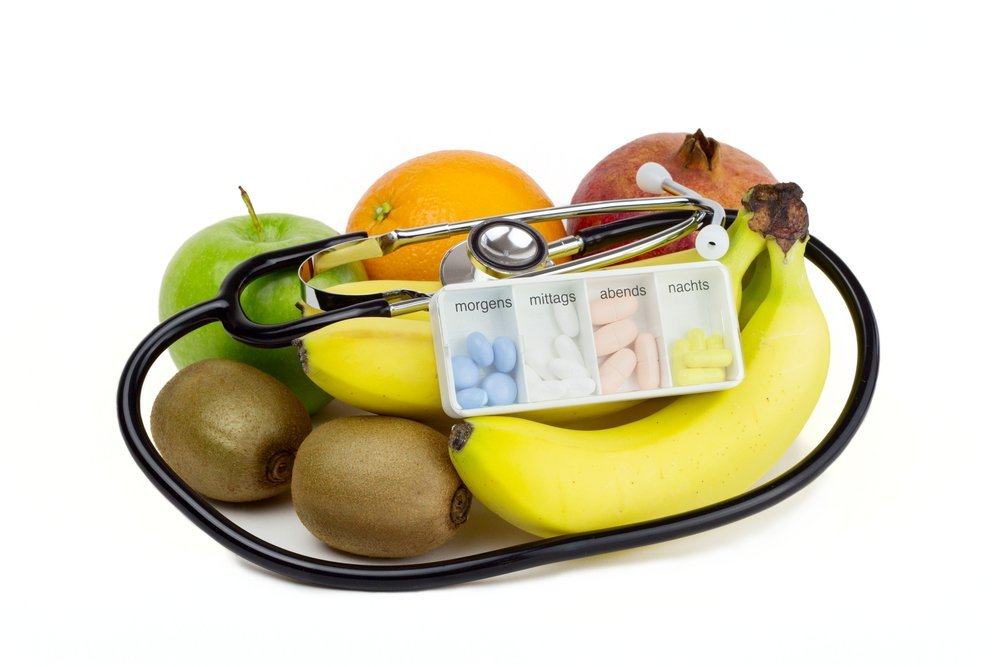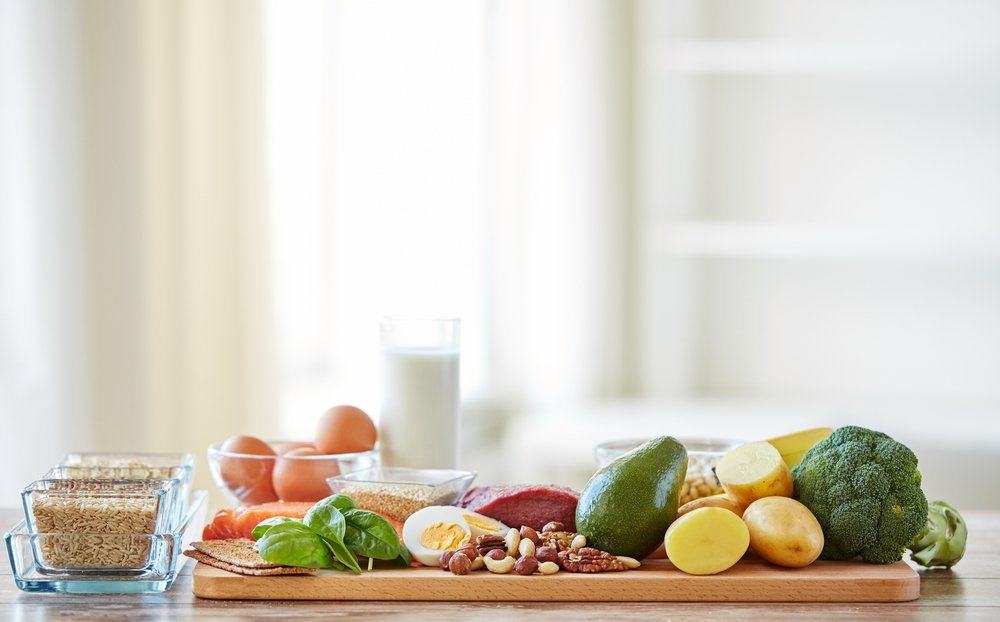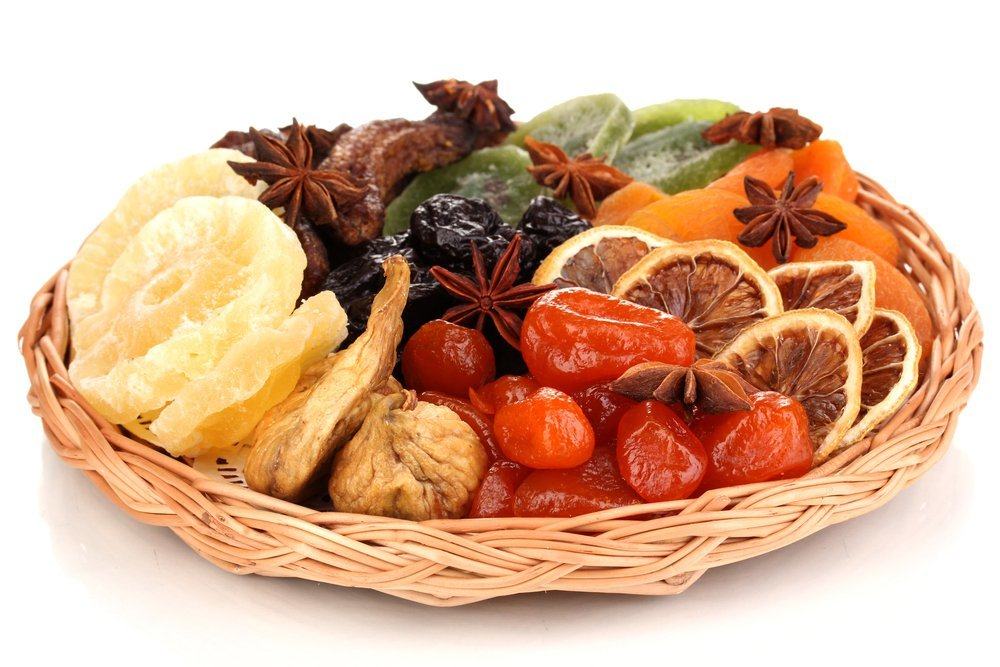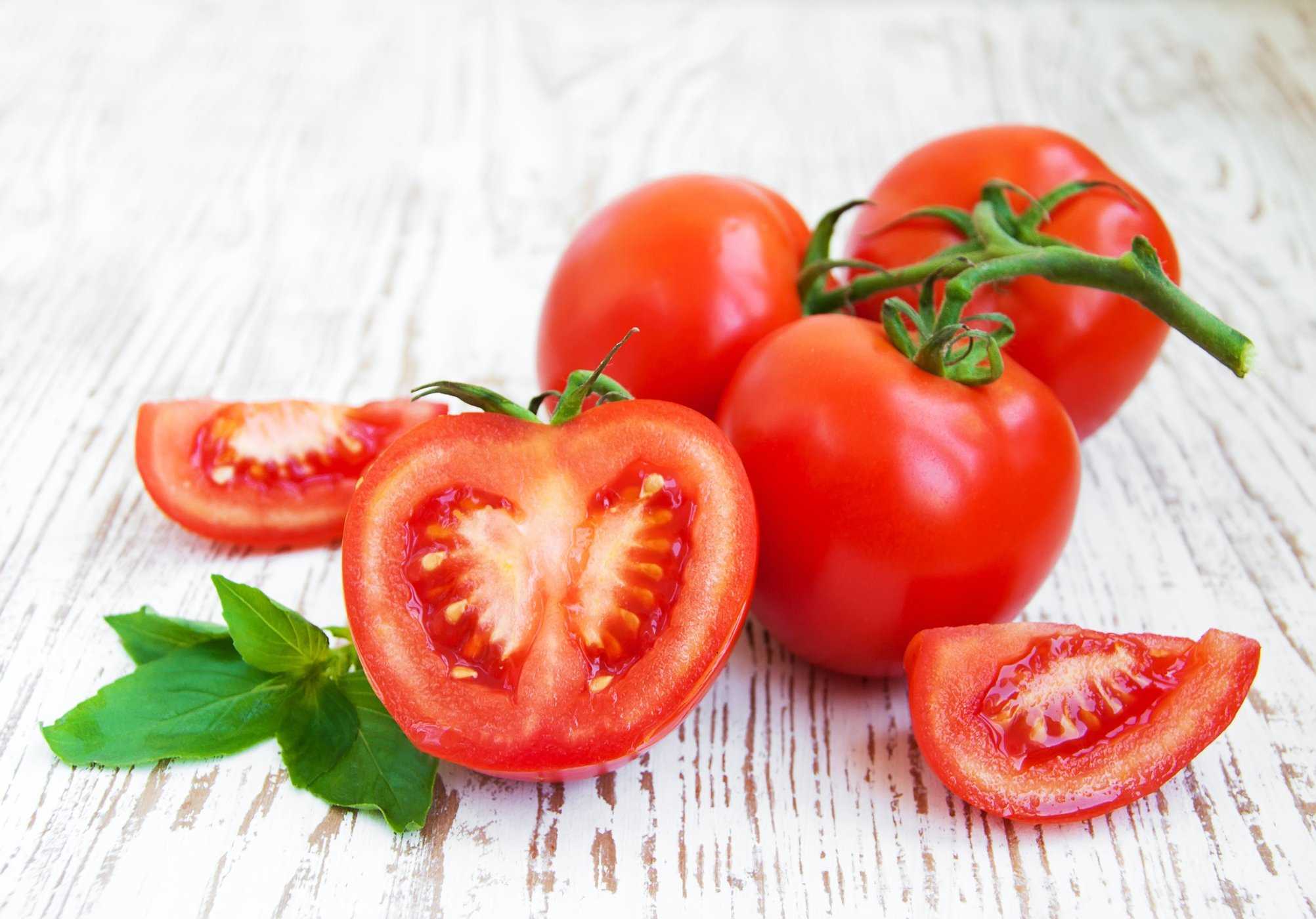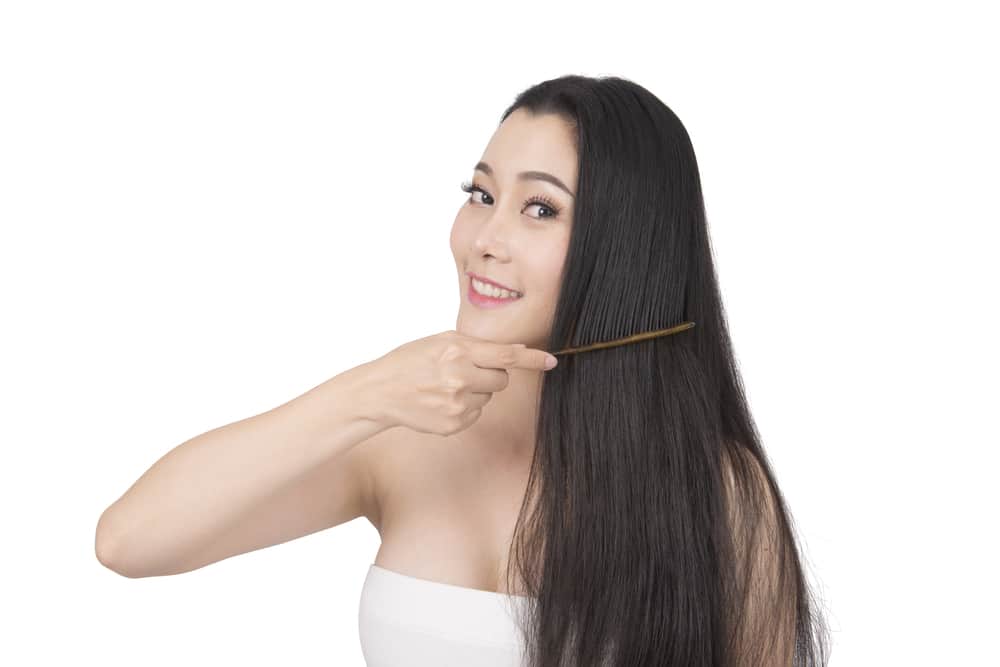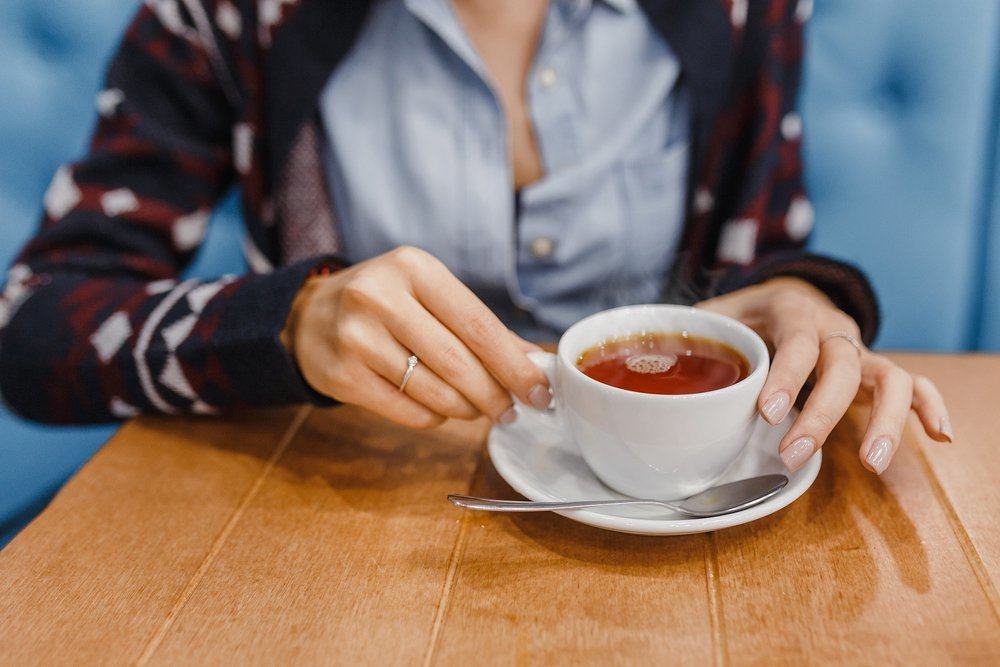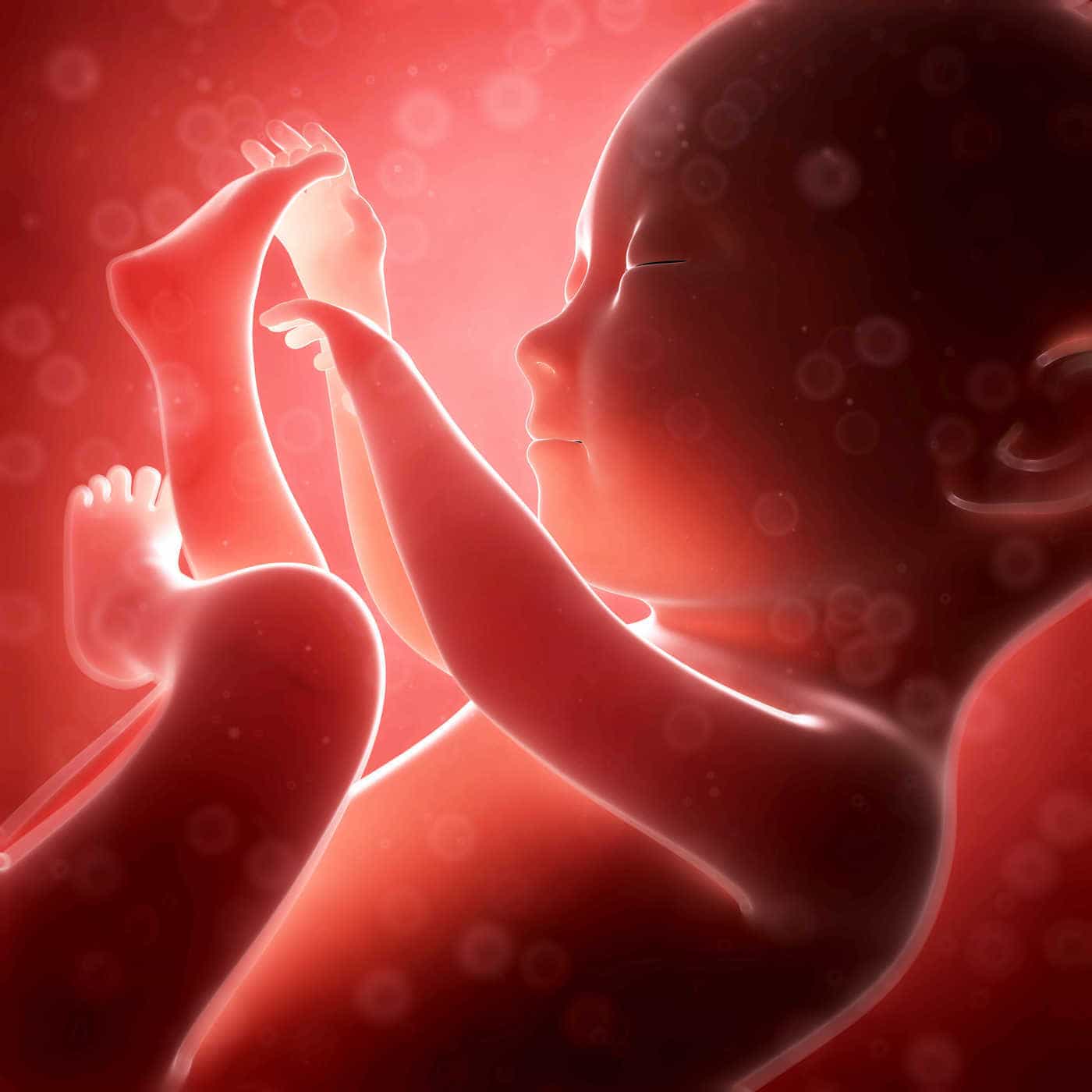Contents:
- Medical Video: Everything You Need to Know About the Keto Diet
- Who should undergo a low-fiber diet, and what is the reason?
- What can be eaten during a low-fiber diet?
- Source of animal protein
- Source of vegetable protein
- Carbohydrate source:
- Vegetable and fruit sources
- Vegetables and fruit not recommended:
- Drinks
- Source of fat
Medical Video: Everything You Need to Know About the Keto Diet
We need intake of fiber from food to maintain a healthy body. Eating fibrous foods helps digestion, lowers cholesterol, stabilizes blood sugar, and helps you lose weight. Seeing the many benefits of fibrous foods, you might wonder why some people need to limit their fiber intake with a low-fiber diet. Do not rule out the possibility that you are also one of them, you know!
However, a low-fiber diet is not just any diet. This diet has a special purpose, also a specific guide. Come on, see the reviews below.
Who should undergo a low-fiber diet, and what is the reason?
Reporting from Healthline, people who are recommended to undergo a low-fiber diet must limit the portion of high-fiber foods in their daily lives. Basically, fiber intake must be limited to around 10-15 grams per day, both for women and men.
A low-fiber diet is not intended to reduce weight. A low-fiber diet aims to rest your digestive system that may be in trouble, or as a preparation for certain medical procedures.
This diet helps to:
- Reducing the amount of food that the intestine cannot digest
- Relieve the work of the digestive system
- Reducing the amount of stool produced
- Relieve symptoms associated with reduced digestive system function
Therefore, a low fiber diet is recommended for people who:
- Diarrhea.
- Have intestinal problems, such as intestinal irritation, diverticulitis, Crohn's disease, ulcerative colitis.
- Experiencing narrowing of the intestine due to tumors or other intestinal inflammation.
- Before the colonoscopy.
- After certain operations.
This diet is only done in a short time until the complaint heals or when your digestive system has returned to normal after the procedure. Your doctor will usually encourage you to gradually add fiber to your food.
If it really needs to be run for a long time, then this diet will usually be accompanied by vitamin and mineral supplements or intravenous feeding.
What can be eaten during a low-fiber diet?
Just like other diets, this diet with minimal fibrous foods also has recommendations and dietary restrictions. Nutritionists and doctors will determine which may or should not be avoided in your case, depending on what the root cause is.
Source of animal protein
- What is recommended: Soft meat, liver, chicken, finely ground fish, eggs.
- Not recommended: Coarse fibrous meat, chicken and preserved fish, dried fried food (including eggs that are pressed until dry), to shellfish and milk. For animal milk the case can be different, depending on the condition of each person who needs to be consulted by your nutritionist.
Source of vegetable protein
- What is recommended: Tofu, soy milk
- Not recommended: Nuts such as peanuts, kidney beans, tolo beans, green beans, whole soybeans, oncom, and tempeh. Under certain conditions, it is still permissible to eat tempeh by boiling or steaming or steaming.
Carbohydrate source:
- What is recommended: Team rice or porridge. In certain conditions rice porridge must be filtered first so that the texture is finer. Also allowed to eat bread, boiled potatoes, flour made into porridge or pudding; boiled vermicelli and boiled macaroni.
- Not recommended: Glutinous rice, brown rice, whole wheat bread, corn, sweet potatoes, cassava, taro, plain white rice (depending on the condition of each person).
Vegetable and fruit sources
Many fibers are contained in vegetables and fruits. People who really need very low fiber intake are only encouraged to eat cider / broth from vegetables only. Whole form vegetables are not recommended. Same with fruit.
If the doctor still allows you to eat fruit and vegetables, you are usually only allowed to eat low-fiber foods such as:
- Spinach
- Young beans
- Tomato
- Chayote
- Carrot
All vegetables are recommended to be cooked with clear boiled, steamed, or sauteed.
For fruit, the recommended fruit is ripe fresh fruit (without skin and seeds) and does not cause much gas such as papaya, banana, orange, avocado, and pineapple.
Vegetables and fruit not recommended:
- Cassava leaves.
- Papaya leaf.
- Melinjo leaves and fruit.
- Oyong.
- Pare.
- The vegetable menu is eaten raw, for example lalap / salad / karedok.
- Fruit eaten with skin such as apples, guava, pears.
- Oranges are eaten along with white fibers.
- Fruits that cause gas such as durian and jackfruit.
Drinks
Tea, syrup and coffee can still be drunk but must be made very runny. Thick drinks and soft drinks and alcohol are absolutely not allowed.
Source of fat
Sources of fat from margarine, butter and oil are still allowed in a limited portion. For example, only to slightly grease or saute. For frying it is not recommended to use all three.

